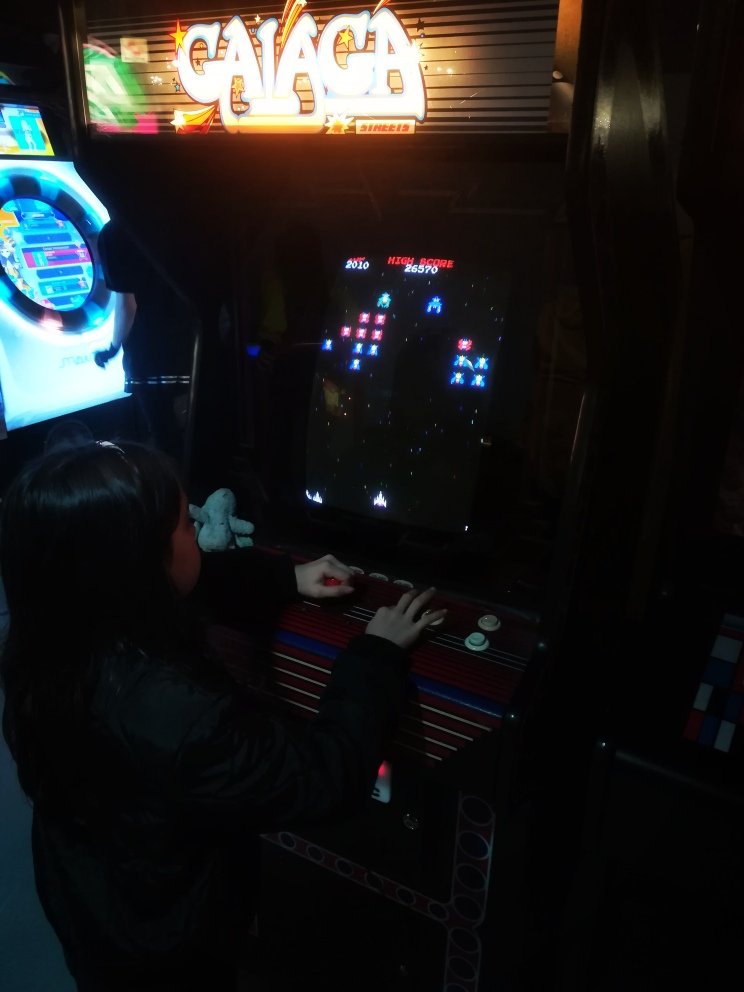Arcades have changed a lot over time and, even though they are not as prevalent as they once were, there has been a steady rise in small centres where you pay an admission fee and get the machines on free play or a contactless pay system on the machines. Whatever model these arcades use, it's fine with me to be able to play original and refurbished machines which give the feel and create the atmosphere of the arcades of my youth.
Living in London, these arcades or barcades were easy enough to find but here, in the South West, the only machines I would find would be the odd ones here and there or ticket redemption spitting machines. The piers and coastal arcades around here would have the occasional arcade machine but that would be the more modern machines with the occasional Guitar Hero machine thrown in.
Boneyard Arcade in Exeter is different though. Run by two brothers with a love for gaming, it features original and refurbed machines. Importantly though, it contains many vintage and classic arcade and pinball machines including:
Tempest
Galaga
Centipede
Asteroids
Sega Rally
Ms. Pacman
Star Wars: Arcade
DDR
and various Mame enabled compilation machines.
I went with my daughters for the first time for my birthday and we had a blast. The atmosphere was family friendly (we did go at 2pm though) and the noise was a nostalgic rush of memories. The £5 contactless card for 20 credits system worked well and, with nearly all the games costing 1 credit, actually incredibly reasonably priced.
With £10 of credit to hand we played most of the machines but our favourites were Star Wars Arcade, Asteroids, Galaga and Tempest.
I've still got about 18 credits left on my card so will definitely visit again. I think this is going to become a part of my bi-monthly comic shop, videogame shopping and arcades routine. Boy, that kinda takes me back to my youth in Barking with the library, Cash Convertors and Rodney's comic shop trinity.
LINK- Vintage Arcade Machines in the Wild
LINK- The Golden Voyage of Sinbad- Cult Movie Review
LINK- The 7th Voyage of Sinbad- Cult Movie Review
LINK- Into the Unknown Exhibition Shines Bright at the Barbican
LINK- Ray Harryhausen: Titan of Cinema Virtual Exhibition Experience- Review
LINK- Children of the Stones: Cult TV Series Review
















































